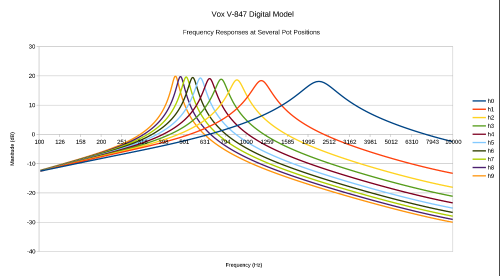Not sure if this is what you're after but...
A "resonance' control on filters usually relates to the gain/Q of the cutoff frequency. So if you imagine a low pass filter with a cutoff at 100Hz, everything up to here passes just fine, everything after here attenuates at a given db per octave (depends on the number of poles i the filter)...
But right at that cutoff point we have an increase in db...a little hill right before the fall. We can use a resonance control right here to increase that hill even more. Eventually, those boosted frequencies are going to sound like a note. Then as we vary the cutoff point of the filter, we vary the resonant peak, we change the note. Changing the Q (how narrow/wide) of the resonance peak also affects this perceived note. Make sense?

There comes a point, when enough resonance gain is applied, that the filter begins to oscillate all on its own. That's what you hear in Dino's example...and also why he has the RES knobs pinned. He's literally playing the oscillations of both filters. Looks like it's based on the Korg MS20.
I did the same a while back, messing around with the MS20 filter found
here. I found that playing with diodes in the resonance amp feedback gave very different tonal qualities to the oscillation. The low pass side is actually a REALLY good "pseudo" wah on guitar and bass.
And speaking of wahs...these can be thought of as "band pass resonant amplifiers".....sort of


Hope this helps